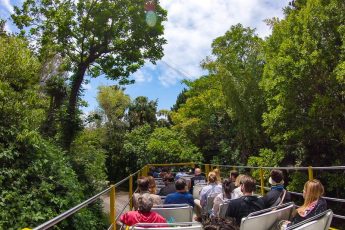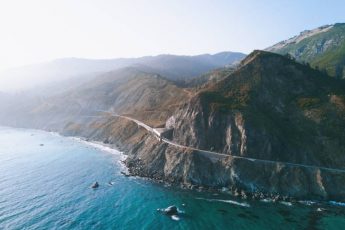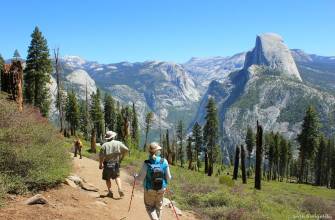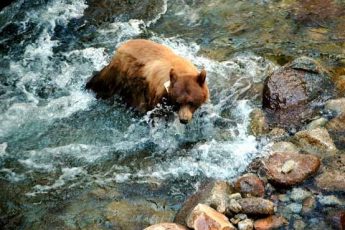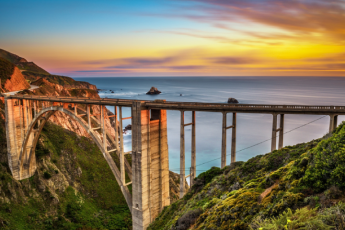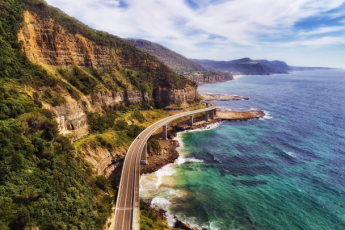When you think of California, the first thing that comes to mind is probably its world-famous beaches. However, there’s another side to this coastal state that’s just as impressive: its whales! Every winter, gray whales migrate south from Alaska to Baja California, and whale watching trips are a popular way to see them. If you’re looking for an unforgettable wildlife experience, here’s everything you need to know about whale watching in California.
- Make a list of the sights and attractions you want to see
- Map out your route and make sure to take into account scenic routes and attractions
- Pack snacks and drinks for the drive, as well as a first-aid kit in case of emergencies
- Plan to stay in motels or campgrounds along the way – this will save money on food and lodging
- Don’t forget your camera! You’ll want to capture all the memories of your trip
Make a list of the sights and attractions you want to see
The first thing to do before planning a whale watching trip is to figure out which areas you want to visit. Some of the most popular spots are Monterey Bay, Dana Point, and Santa Barbara, but there are many other great locations along the coast. Each area has its own unique attractions that make it worth visiting. For example, in Monterey Bay, you can also go kayaking, Stand-Up Paddleboarding, and visit the world-famous Monterey Aquarium.
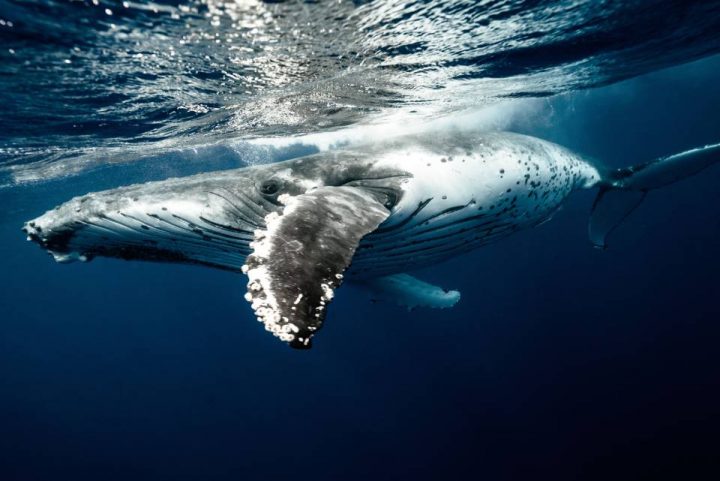
Once you’ve decided on your destination, it’s time to start planning the trip! Here are a few things to keep in mind:
- Whale watching trips typically take place from December to April, when the gray whales are migrating.
- Most whale watching tour companies offer half-day and full-day trips.
- It’s a good idea to make reservations in advance, especially during peak season (January and February).
- Dress warmly! Even in California, it can be cold out on the water.
Now that you know the basics, you’re ready to start planning your whale-watching trip. California is an amazing place to see these majestic creatures in their natural habitat. With a little bit of planning, you’re sure to have an unforgettable experience.
Map out your route and make sure to take into account scenic routes and attractions
Once you’ve decided on your destination, it’s time to start planning the trip! Here are a few things to keep in mind:
- Whale watching trips typically take place from December to April, when the gray whales are migrating.
- Most whale watching tour companies offer half-day and full-day trips.
- It’s a good idea to make reservations in advance, especially during peak season (January and February).
- Dress warmly! Even in California, it can be cold out on the water.
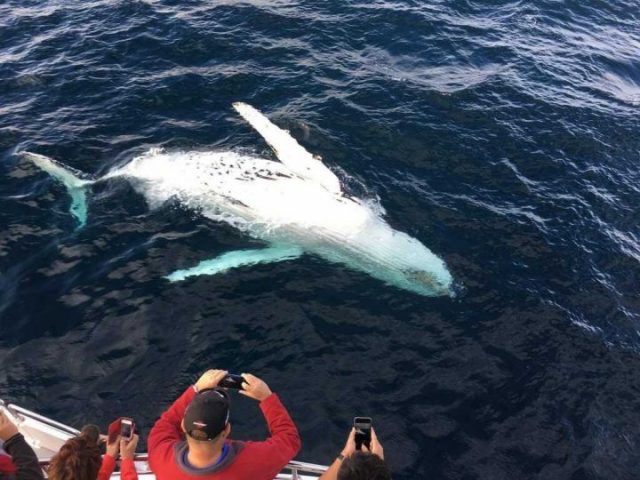
Now that you know the basics, you’re ready to start planning your whale-watching trip. California is an amazing place to see these majestic creatures in their natural habitat. With a little bit of planning, you’re sure to have an unforgettable experience.
When mapping out your route, be sure to take into account scenic routes and attractions. For example, the drive from San Francisco to Monterey Bay is about two hours, but it’s well worth it for the stunning coastal views. And if you’re headed to Dana Point, you can detour to Disneyland or Knott’s Berry Farm for a day of fun before your whale watching trip.
If you are interested in a trip to Monterey or another place, follow the Trip-Planner
Pack snacks and drinks for the drive, as well as a first-aid kit in case of emergencies

When you’re planning a road trip, it’s always a good idea to pack snacks and drinks. This is especially important when you’re whale watching, as trips can often last several hours. Make sure to bring along plenty of water and snacks that will keep you energized throughout the day.
In addition to food and drinks, it’s also a good idea to pack a first-aid kit. This is always a good idea when you’re traveling, but it’s especially important when you’re going to be out on the water. Make sure to include items like sunscreen, hats, and insect repellent.
Plan to stay in motels or campgrounds along the way – this will save money on food and lodging
If you’re planning a road trip, one of the best ways to save money is to plan to stay in motels or campgrounds along the way. This will allow you to save on food and lodging costs. Additionally, it’s a good idea to bring along a cooler so that you can store food and drinks for the trip.
One of the best things about whale watching is that it can be done in many different locations. You can choose a spot on the coast, or you can head out to sea for an even better view. Here are three of the most popular destinations for whale watching in California:
San Francisco Bay – Located in the heart of San Francisco, the Bay offers stunning views of the Golden Gate Bridge and Alcatraz. This is a great spot for whale watching during the winter months when gray whales migrate south.
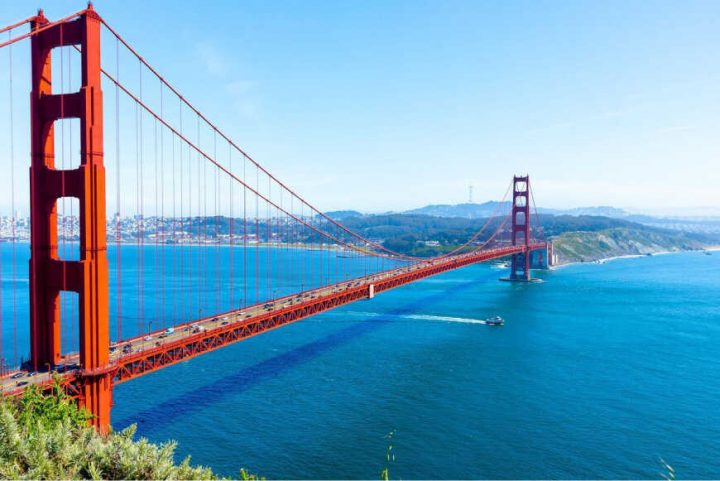
Monterey Bay – Monterey Bay is one of the most popular destinations for whale watching in California. The bay is known for its resident population of blue whales, as well as its annual whale-watching festival.
Dana Point – Dana Point is a great spot for whale watching all year round. The harbor is home to a large number of blue whales, and you can often see them from the shore.
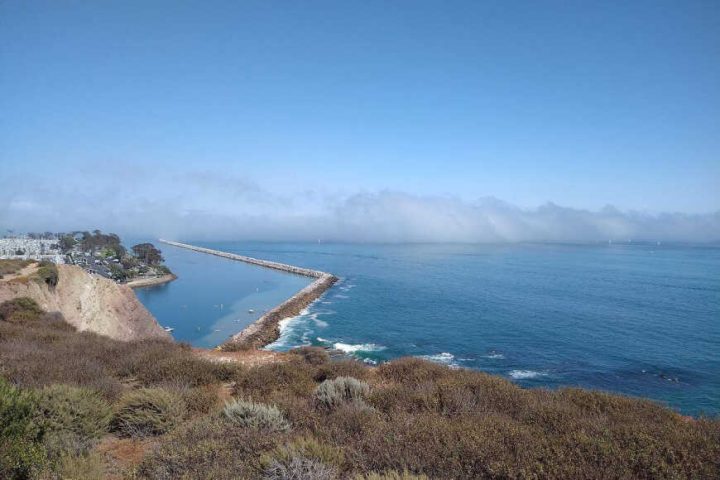
Don’t forget your camera! You’ll want to capture all the memories of your trip
One of the most important things to remember when planning a whale watching trip is to bring your camera. These creatures are truly majestic, and you’ll want to be able to capture all the memories of your trip. Be sure to pack extra batteries and memory cards, as you’re sure to take lots of pictures.
So there you have it – everything you need to know about whale watching in California. With a little bit of planning, you’re sure to have an unforgettable experience. Get out there and enjoy!
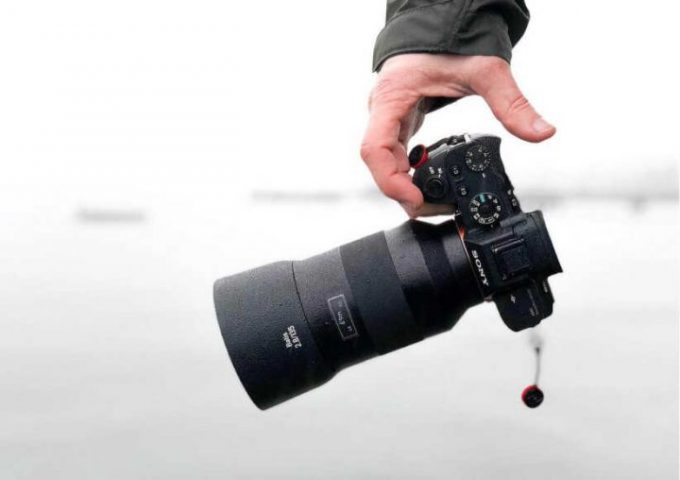
More ideas in our guide to California

